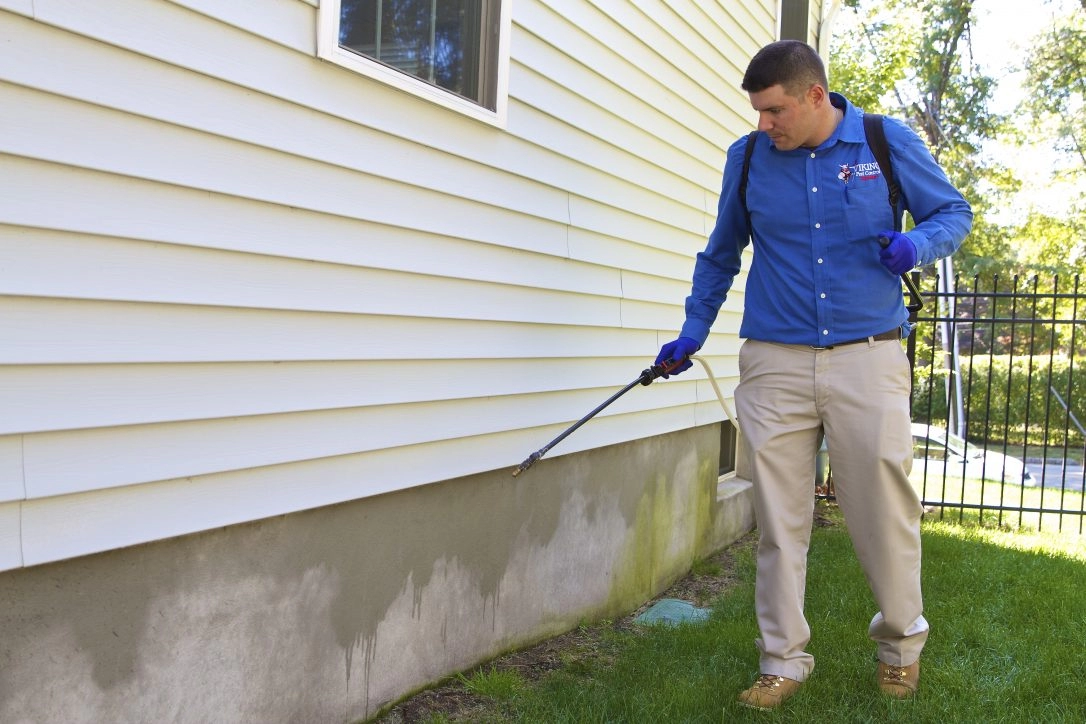Can Pest Control Materials Harm Non- Targeted Animals?

Can rodent control materials kill non-target birds of prey? Short answer… Yes, secondary poisoning is possible. But the issue is far more complex and warrants further discussion. This is complex issue that we take very seriously.
There are many factors to consider when trying to understand the risks associated with rodent control materials and non-target species exposure. The particular active ingredient, formulation type, amount applied, application method and application location all impact the risk associated in regard to non-target species. Regulators, manufacturers and responsible pest management professionals have taken steps in recent years to regulate use of materials in a way that minimizes environmental impacts of the materials used. I will explain a few.
First, we have selected materials that have among the lowest risk to non-target species for our control programs.
It should be clear that some materials are much more toxic than others. See the EPA Report “Potential Risks of Nine Rodenticides to Birds and Non-target Mammals: A Comparative Approach “ July 2004. There are big differences in the levels of inherent risk in the active ingredients available. We understand these differences and have chosen materials that are among the least risk in our programs
Lastly, a typical hawks/owl is large enough to require a dose that would not likely be present in a single mouse with the active ingredient we utilize. Multiple feedings on exposed mice would normally be required to lead to mortality.
This is why it is important for people to hire professionals so that they can best assess and attempt to mitigate risks to non-target species when using these materials. There use is not taken lightly and training on the proper use of this material is the key to preventing risk to non-target animals. It can be argued that improper use of over the counter rodenticide products by lay persons is likely a much bigger risk to wildlife because misuse is more likely to occur.
In closing, while it is possible to have secondary exposure to these products, we go to great lengths to minimize the risk of this occurring. If you have any additional questions or a scenario you care to discuss further, please feel free to reach out to me to discuss this further.










